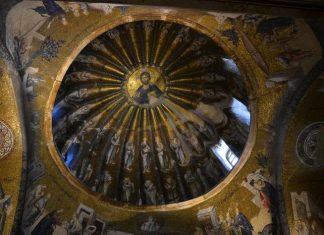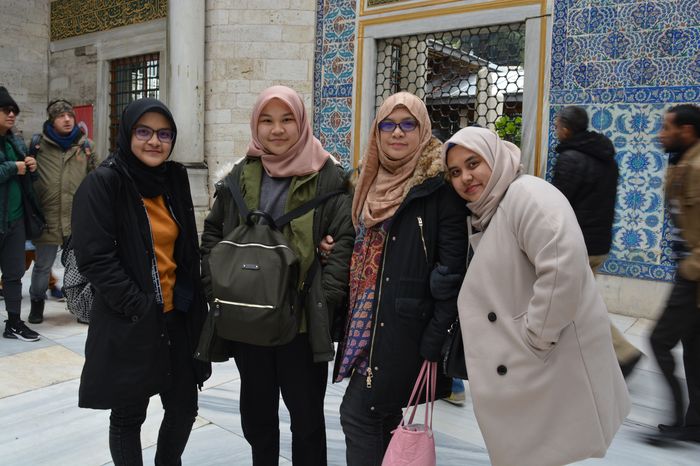Tag: Unveiling Istanbuls Christian Heritage
Unveiling Istanbul’s Christian Heritage
Silivrikapı Panagia Pege Church and the Ecumenical Patriarchate
Testament to Byzantine Faith
Silivrikapı Panagia Pege Church, erected between 457 and 474 under the reign of Emperor...





